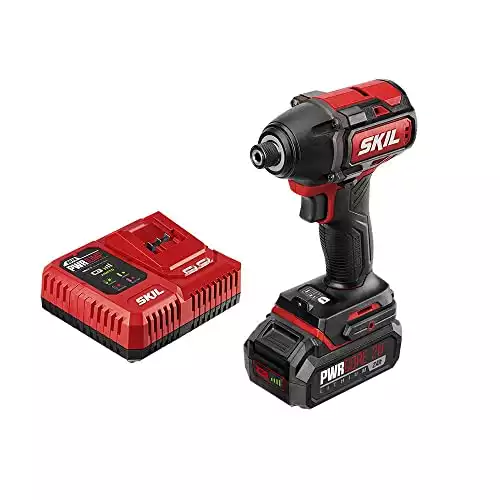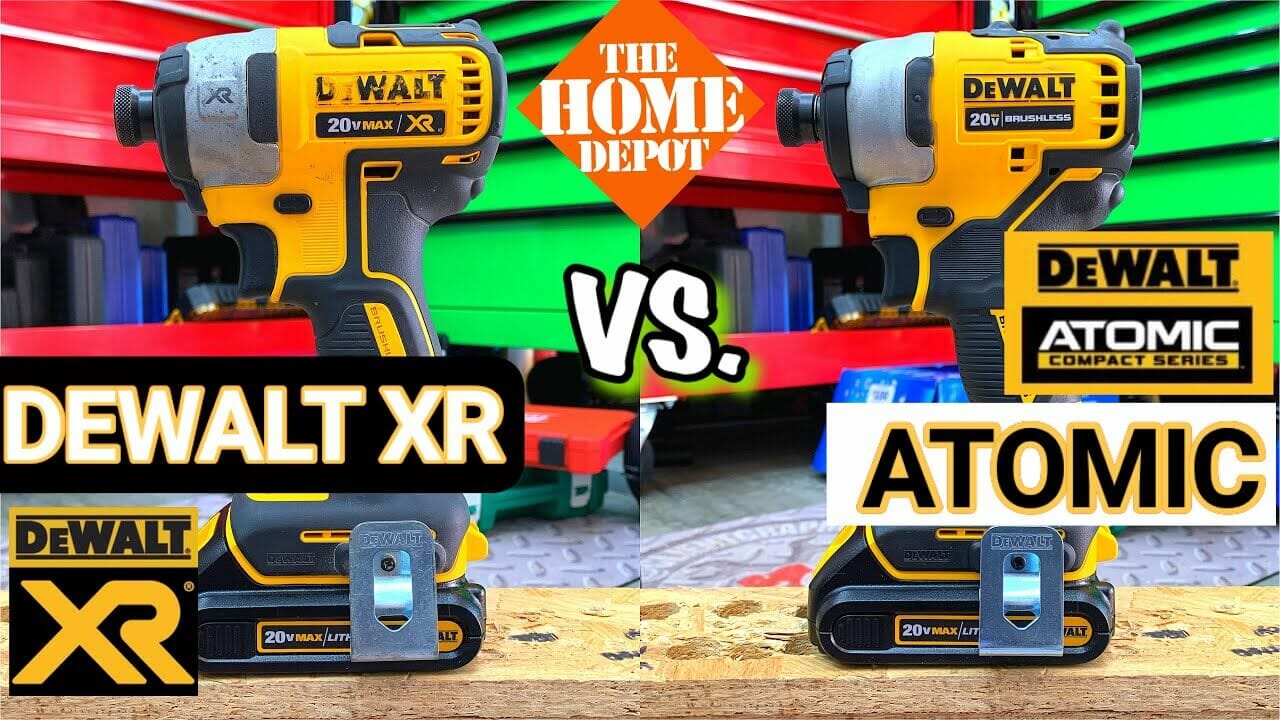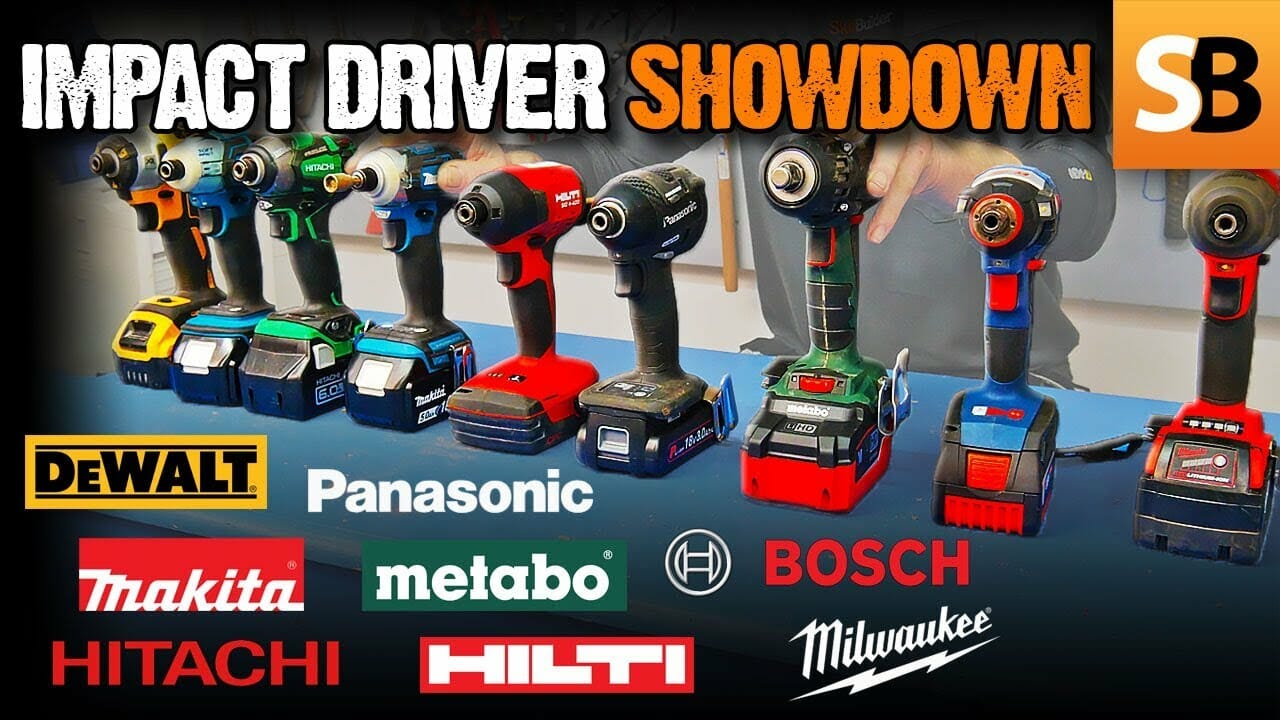Best Impact Driver for the Money
I’ve owned one go-to impact driver for over 12 years as a contractor and it’s still going strong. How did I manage to pick such a supremely reliable impact driver?
Simply put, it was recommended to me by a work colleague.
Luckily, I’ve gained the same level of expertise when it comes to power tools after years of construction work, so I can pass that knowledge on to you.
So after man-handling multiple impact drivers from various manufacturers, which one takes pole position? Let’s get to it.
 DEWALT DCF809C2 ATOMIC 20V MAX Impact Driver
DEWALT DCF809C2 ATOMIC 20V MAX Impact Driver
- Super lightweight and compact design make this impact driver the most practical in its class.
- Excellent brushless motor with 3 variable speed control pumping out 1,700 in-lb of torque and 3,250 RPM.
- Equipped with a bright 3-LED assembly that provides maximum illumination simply by pulling the trigger.
- Amazing runtime with a 5.0Ah lithium-ion battery so you can tackle heavy-duty tasks without interruptions.
Comparison Chart
- Variable speed trigger for precision
- 1700 in-lbs of max torque for driving
- 5.1 in. in length ideal for tight spaces
- Blistering 2,000 in-lbs of max torque
- 4-mode speed control for accuracy
- Comfortable rubber overmold shell
- Weighs just 3.3 lbs with LXT® battery
- Brushless motor - 1,500 in.lbs torque
- Optimized battery for 50% more runtime
- Brutal torque output -1,800 in-lbs
- Both 1/4" hex & 1/2" square drive
- Hammer & anvil to reduce impact
- Great budget 20V impact driver
- PWR JUMP™ for fast charging
- Robust motor outputs 1,800 in.lbs
Best Impact Driver Reviews
1. DeWalt DCF809C2 Atomic 20v Max Brushless Impact Driver
The DeWalt DCF809C2 is a sub-compact 20V brushless impact driver that is part of DeWalt’s new Atomic range.
You can get it as a bare tool or splurge a little and receive a few extra accessories with a kit. It is super compact and lightweight which will help you make short work of most jobs in tight spaces.
Product Highlights
Arguably the best impact driver in its class, the DeWalt DCF809C2 boasts three RPM ranges. The first RPM range is between 0 to 1,000 RPM, while the other two top out at 2,800 RPM and 3,250 RPM respectively. The tool also has a high IPM rating of 3,700.
You can use the variable speed trigger to make all the adjustments you need to drive the toughest screws or bolts and to avoid stripping the bits when working with softwood or thin metal.
Impact Driver Review
A work light is also included and can provide you with three LED beams. The light will turn off after 20 seconds as soon as you release the trigger. It’s also worth pointing out that the DCF809C2 comes with a 3.0 Ah battery.
All of these features combined also result in a maximum of 1,825 in-lbs. of torque, which is also adjustable to accommodate a wide range of tasks.
As already stated, the DeWalt DCF809C2 has a brushless motor. This ensures a better energy transfer, faster speeds under load, longer battery runtime, and less heat output. This results in much higher reliability compared to a brushed motor.
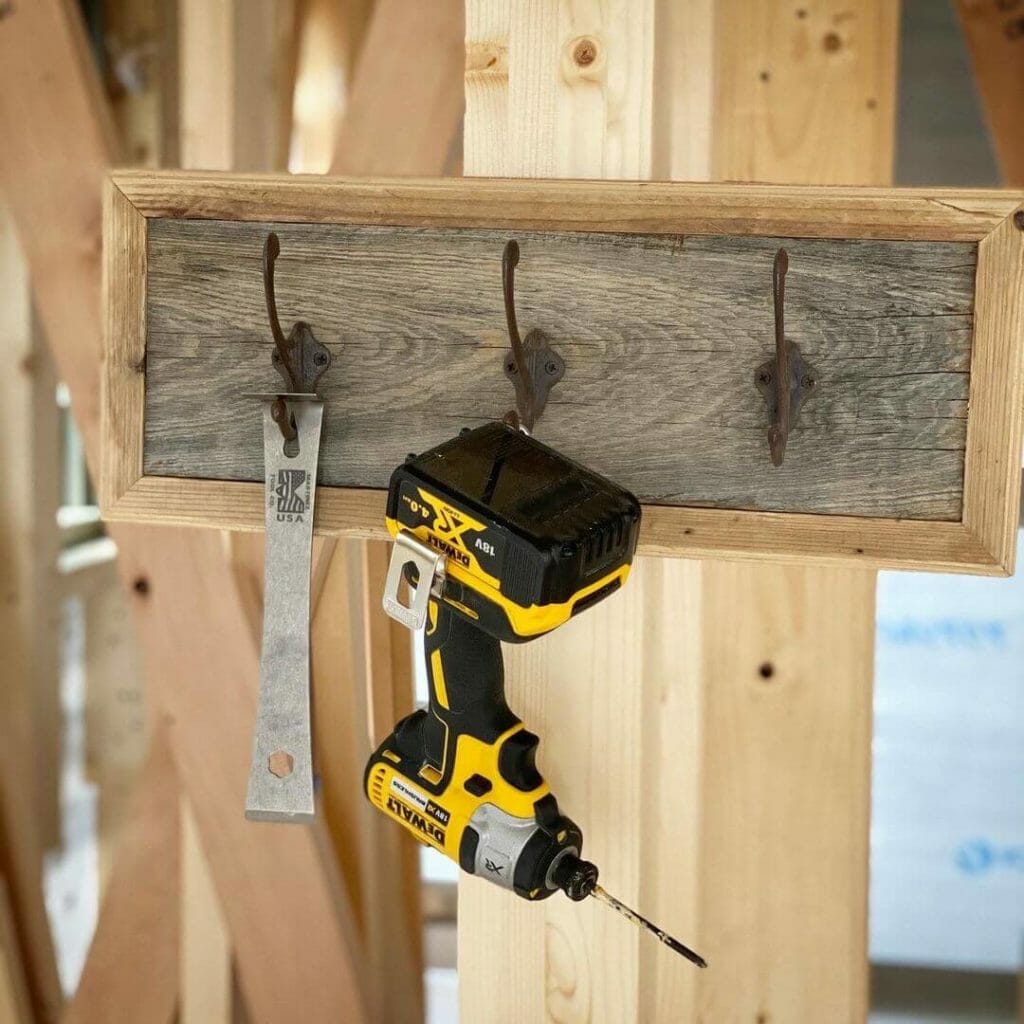
What’s to like about the DeWalt DCF809C2 Atomic 20V Max Impact Driver
There isn’t a single feature that makes the DeWalt DCF809C2 stand out. Everything combines to give it a great balance between performance, speed, torque, and run time.
What’s not to like about the DeWalt DCF809C2 Atomic 20V Max Impact Driver
The only small downside is that the DeWalt DCF809C2 is a slightly expensive tool compared to DeWalt’s last series, and the Atomic range hasn’t seen any significant improvements.
PROS
CONS
2. Milwaukee 2853-22 M18 Fuel Brushless Impact Driver
Milwaukee has built a stellar name for itself over the years. The company delivers some excellent power tools that are all-out feature-packed.
This M18 impact driver is a great example of what Milwaukee brings to the table as they continually manage to balance out pricing with efficiency, performance, and, most importantly, durability.
Product Highlights
This ergonomically designed Milwaukee 2853-22 comes with a brilliant lightweight, portable charger that makes this impact driver an ideal choice for daily use.
It is also accompanied by two lithium-ion batteries that deliver exceptional run time, even when used for more intensive tasks.
In terms of power, the 4-pole brushless motor produces up to 2,000 inches/lbs of torque, providing plenty of deuces to drive or drill through thick, dense materials. This is an impressive number to see on any impact driver’s spec sheet.
Impact Driver Review
The impact driver also features automatic torque adjustment to control the resistance and maintain accuracy in light- and heavy-duty tasks, which is something that’s necessary to avoid striping the bits.
The top speed for this impact driver is 3,600 RPM, and it makes use of a 4-mode drive control allowing you to adjust the speed of the driver depending on the application.
In terms of beats or impacts per minute, the Milwaukee 2853-22 ranges out at a maximum rating of 4,300 IPM.
The metal gear housing is another impressive design feature. For more comfort and reliability, Milwaukee also added an extremely bright LED work light and a handy reversible metal belt clip.

What’s to like about the Milwaukee 2853-22 M18 Fuel Impact Driver
What makes this impact driver stand out, is the highly efficient M18 lithium-ion battery and fast portable charger. The Milwaukee 2853-22 is a great tool for both contractors and DIY enthusiasts looking for a reliable workhorse.
What’s not to like about the Milwaukee 2853-22 M18 Fuel Impact Driver
The Milwaukee 2853-22 is impressive and will do the job and then some. But you’ll have to dig deep or load up the credit card as Milwaukee Tools command a higher than average price tag.
PROS
CONS
3. Makita XDT131 18V LXT Brushless Impact Driver
Makita power tools aren’t always the cheapest, but the higher prices are often reflected in the performance, as is the case with the Makita XDT131 brushless impact driver.
This is one of the most dependable tools in its class and comes with a wide range of enhanced high-tech features.
Product Highlights
It is often said that the best impact driver is the impact driver that gives total control over the speed. The XDT131 fits the bill with its four RPM ranges. That’s twice as much as the average impact driver.
Granted, all the ranges may seem a bit high on the top end. Regardless, you can get up to 3,600 RPM if you crank it up to max.
You can also adjust the number of impacts per minute within four different ranges for even more control over your driving. The highest IPM under no load is 3,800. The speed/power selector is conveniently placed under the collet or chuck.
Impact Driver Review
But the brushless motor on the XDT131 isn’t capable of just high speeds or beats per minute. It’s also responsible for delivering up to 1,600 in-lbs. of torque.
There’s also an auto-stop mode which helps when you’re loosening fasteners. There are many more good things to list about the XDT131, such as the ergonomic grip design, the comfortable trigger, and the overall build quality, but it’s all to be expected from a Makita power tool.

What’s to like about the Makita XDT131 18V LXT Brushless Impact Driver
One of the best things about the XDT131 is the built-in assistance. The A-mode, as it’s called, is a function that prevents cross-threading. It does this by driving at a lower RPM until it senses that the tightening has begun.
What’s not to like about the Makita XDT131 18V LXT Brushless Impact Driver
Unfortunately, the XDT131 doesn’t match up in terms of torque output when compared with DeWalt or Milwaukee. It’s definitely a huge amount of torque at 1,500 in.lbs, but both the Milwaukee 2853-22 and DeWalt DCF809C2 outperform it.
PROS
CONS
4. Bosch GDX18V 18V Freak Brushless Impact Driver
As an impact driver, the Bosch GDX18V delivers “freaky” performance, tool-free bit changing, and a variety of comfort features. But that’s not what makes this impact driver so awesome!
Product Highlights
The Bosch GDX18V can act as a regular impact driver with its standard 1/4 In. quick-change hex shank, or transform into an impact wrench via a 1/2 In. square drive. Yep, this really is a freak with irregular qualities and unique characteristics.
The motor can deliver up to 3,400 RPM, which is nothing to scoff at, as well as the 1,800 in-lbs. of torque which is just behind the Milwaukee 2853-22. The 4,200 IPM rating is ridiculous and enough to change tires or remove larger sockets.
With features such as an ultra-bright, single-focused LED work light, a hammer-and-anvil system for reduced impact stress, and a heap of motor and heat protection features, you can’t go wrong with this freak.
Impact Driver Review
The ergonomic pistol grip is also impressive. It’s non-slip and reduces fatigue, mostly due to the rubber overmold. Not that you should need a lot, but the overmold also improves stability, which might be helpful to less-experienced users.
Another cool feature is the magnetic bit tray which keeps both fasteners and bits on the GDX18V. This improves mobility, stability, and comfort. The 18V battery is part of Bosch’s next-gen Li-ion technology which possesses 21700 battery cells for optimal longevity and performance.
What’s to like about the Bosch GDX18V 18V Freak Impact Driver
The Bosch GDX18V packs a serious punch for an impact driver that can also deliver impact wrench performance. The fact that you can switch out the 1/4 In. hex shank for a 1/2 In. square drive is a reason enough to add this to your tool kit.
What’s not to like about the Bosch GDX18V 18V Freak Impact Driver
While the Bosch GDX18V is great, it might be overkill for DIYers who likely won’t need the 1/2 In. square drive feature. Another consideration here is the cost of this impact driver which means this impact driver is not budget-friendly.
PROS
CONS
5. SKIL ID573902 20V PWRCORE Brushless Impact Driver
The Skil ID573902 is the best budget impact driver we reviewed with an impressive amount of speed and torque. It’s a lightweight power tool that can make short work of light-to medium-duty DIY jobs.
Product Highlights
Like most standard cordless impact drivers, the Skil ID573902 has a quick-release 1/4″ hex-shaped collet. The impact driver is powered via Skil’s PWRCore 20 lithium battery that utilizes their wrapped cell technology that has a cooling effect to help with heat transfer.
The Skil ID573902 is capable of delivering up to 3,900 IPM, which is very good for this price range. The motor also delivers up to 1,800 in-lbs. of torque under no load, is darn right superb value for the money.
Impact Driver Review
With the two-speed variable speed trigger, you can quickly reach 3,400 RPM. This speed should be enough to quickly drive some of the most stubborn fasteners. A simple LED work light is also available.
In terms of build quality and power in comparison to other models covered, the Skil ID573902 is not overly impressive. However, if you’re in the market for a budget impact driver with some earnest oomph, this is the one for you.
The ID573902 composite casing should hold its own even when working in tougher environmental conditions. So if you’re not as delicate as others, throwing this in your toolbox without the case won’t matter.

What’s to like about the SKIL PWR CORE 20 Brushless Impact Driver
Although quite powerful, the ID573902 impact driver is probably most notable for its low price point. For many, it has the potential to be a cheap and reliable impact driver for basic remodeling and repair work around the house.
What’s not to like about the SKIL PWR CORE 20 Brushless Impact Driver
Even though the ID573902 boasts some impressive numbers, you should expect a good drop-off between no-load and underload ratings. This model is not really made for heavy-duty tasks.
PROS
CONS
Impact Driver Buyer’s Guide
There are a range of qualities and features you’ll want to consider when buying an impact driver. Although, you’ll ideally want to choose one that suits your specific need and price range.
That said, here are a few essential things to ponder before purchasing your first impact driver.
Type of impact driver
As opposed to their first cousins, driver drills, impact drivers have less complicated designations and don’t come in a variety of classes or types. One could simply classify impact drivers into four simple categories.
Corded impact drivers
Corded impact drivers are like any other corded power tool. They’re bigger and more powerful than their cordless counterparts, and you can use them continuously at the cost of some mobility.
Cordless impact driver
A cordless impact driver is easy to use, and it can be controlled for light-duty and heavy-duty tasks. The minor downside, of course, is that you’re always dependent on the battery and its charging time.
Brushless motors
Another type or category of the impact driver is the brushless impact driver, which is called this because of its brushless motor. It’s a motor that operates without friction, which means that it’s much more reliable and doesn’t break down as easily, among other things.
Brushed motors
Brushed impact drivers are the classic impact drivers with brushed motors. They are cheaper than their modern brushless counterparts but require more maintenance. Both brushless and brushed impact drivers can come in corded or cordless designs.
Impacts per Minute
The IPM number indicates the number of hammer blows that the impact driver delivers in 60 seconds. Therefore, higher numbers are indicative of faster pulses or bursts, which are ultimately responsible for driving those long screws into walls.
You might also be interested to know that some manufacturers use BPM (beats per minute), which is, of course, just another term for impacts per minute.
Rotation per Minute
Regardless of whether you’re looking at a light-duty or heavy-duty impact driver, the rotations per minute (RPM) or speed will be significantly higher than that of your standard drill driver combo tool.
The majority of impact drivers should be able to operate at multiple RPM ranges. Although seeing higher numbers tends to be eye-catching, you should know that variety is often better when it comes to RPM.
An impact driver with more RPM ranges and one that allows you more control over the speed should be better in performance than an impact driver that just has a very large RPM rating on the top end.
Also worth noting is that RPM is less indicative of performance than it is in the case of cordless drill drivers. For impact drivers, torque and IPM are sometimes more important. That’s because using too high of an RPM setting on an impact driver could cause stripping.
Voltage
As is the case with most cordless power tools, voltage is used by manufacturers to indicate the power of an impact driver. Of course, those who took high school physics would know that power is the product of voltage and current, so the voltage alone may not say much.
Most impact drivers are powered by 12V, 18V, or 20V battery. So, which is the best impact driver out of these three categories?
12V impact drivers are generally reserved for light-duty work. They are certainly cheaper and lighter and have unique applications when working in tight spaces.
Secondly, 18V and 20V impact drivers tend to vary very little in terms of power. Just as it is with cordless drill drivers. The main difference between 18V and 20V impact drivers is this: The former is a rating that makes use of nominal voltage while the latter uses maximum voltage.
This means that for the most part, the actual power supplied by 18V and 20V impact drivers is about the same. Torque is not the same as power. It depends on the design of the motor and drivetrain, which also determines the RPM where the maximum torque happens. (You may notice a similarity to the torque rating of car engines and drivetrains there.)
Of course, compared to 12V impact drivers, 18V/20V models will offer more power. They will also be heavier and more expensive, but that’s just what it takes to work on heavy-duty tasks.
Current is often used to express the power in corded impact drivers. That’s because you already know the voltage (110 to 120V in the US but often assumed to be 117V) – multiply the current in Ampere by that, and you get the power in Watts. However, corded impact drivers are less sought after due to their lack of mobility.
Battery Capacity
Amp-hour (Ah) is the unit for battery capacity. It shows how many amps a battery can deliver continuously in one hour. So, a 2Ah battery can deliver 2A for one hour, 1A for 2 hours, 0.5A for 4 hours, and 4A for 0.5 hours, you get the idea.
This means that the higher the Ah value, the longer the battery should last between charges. It’s worth mentioning that higher-capacity batteries are also larger and heavier. They will also take longer to charge.
Impact Driver FAQ.
Apart from the obvious pre-purchase questions, you’ll likely be wondering whether or not you actually need an impact driver and what they are used for? Or are impact drivers going to solve all your DIY problems?
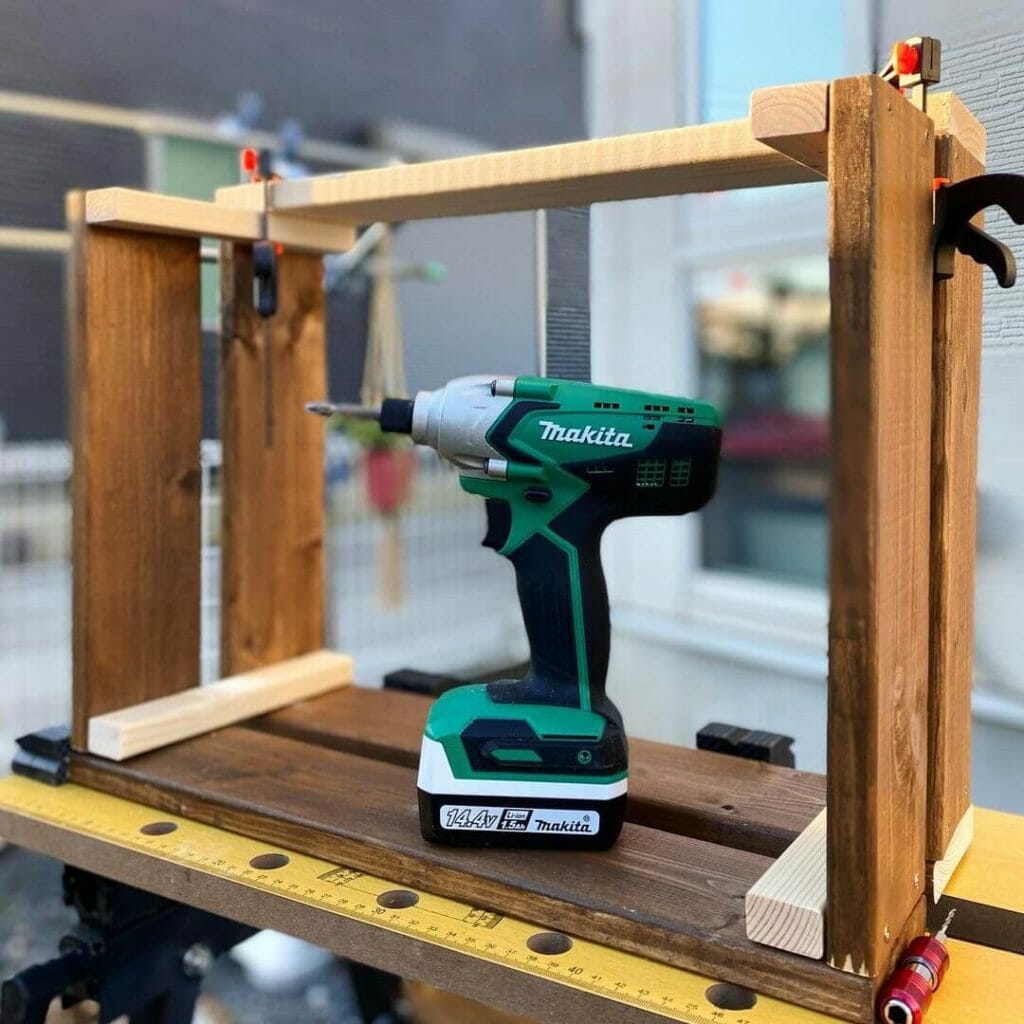
How Do You Use an Impact Driver?
The first thing that comes to mind when operating an impact driver is having a supply of compatible drill bits. You’re much more limited with an impact driver than you would with a driver drill.
You’ll mostly require specific 1/4-inch drill bits necessary to fit in the hex-shaped collet of the impact driver in order for them to work.
In terms of operating an impact driver, it’s much easier than a cordless drill since there are fewer adjustable settings. You don’t have to worry about torque adjustments for the most part, nor do you have to worry about keeping a very steady hand or injuring yourself.
Due to how an impact driver works, driving screws can be accomplished in record time.
How Does an Impact Driver Work?
There’s a simple principle behind the operation of an impact driver. A downward rotational force is applied directly to the screw to drive it into a wall, wooden frame, or another medium.
This action is similar to that of a hammer drill. However, with impact drivers, this force is applied in short bursts of significant torque. It’s important to understand that, unlike manual impact drivers, automatic impact drivers exert a downward rotational force instead of a forward thrust.
Because of this difference, electric impact drivers are a lot safer to use than manual drivers or drill drivers.
What Is an Impact Driver?
An impact driver is a high-torque power tool that can accomplish similar functions as cordless drills and more. Due to its design, the impact driver is often the preferred tool for most screw driving and tightening jobs.
And, because the torque is generally higher than what you get in a standard drill driver, an impact driver helps you finish the job faster.
What Is a Brushless Impact Driver?
The terms brushed and brushless are used to describe the motor in power tools and other machinery. A brushless motor is a motor that operates without brushes and is therefore frictionless.
Besides reliability and lifespan, friction and resistance can cause some issues with performance or efficiency. Therefore, brushless motors are known to offer superior reliability, energy transfer, heat efficiency, and more.
This means that a brushless impact driver is generally a more expensive power tool. But it is also one that gives the best results under continuous and long-term use.
What Is an Impact Driver Used For?
Most people use impact drivers to drive large fasteners such as long screws and lag bolts. This type of power tool is a go-to option for both light-duty and heavy-duty work in remodeling, art projects, metalworking, construction, and many other fields.
Apart from being able to drive large fasteners at superior speeds, an impact driver can also be used to drill very small holes in softwood or light metal. However, for drilling purposes, an impact driver will pose some limitations, especially since most of them can only work with 1/4″ hex shank drill bits.

FINAL VERDICT
If you’ve made it this far, you may find it easier to select your next impact driver with our final recommendation.
If you’re interested in purchasing a high-quality impact driver from an established and respected brand like Dewalt that can cover a wide range of applications, the DeWalt DCF809C2 might be the best impact driver out there.
Its impressive specs and sophisticated features are matched by both its superb durability and outstanding performance.
In Conclusion
There are a plethora of budget-friendly options when it comes to purchasing impact drivers as they are a relatively inexpensive power tool overall. Whether or not the impact driver you’re considering appeals to you or meets your needs, is another thing entirely.
All of the impact drivers we’ve covered in this review showcase solid technical specs at an affordable price tag and some necessary accessories to help you get started on that future project.
We hope this review provided some insightful information and helped clarify an uncertainty regarding what impact driver would be the ideal choice for you.






